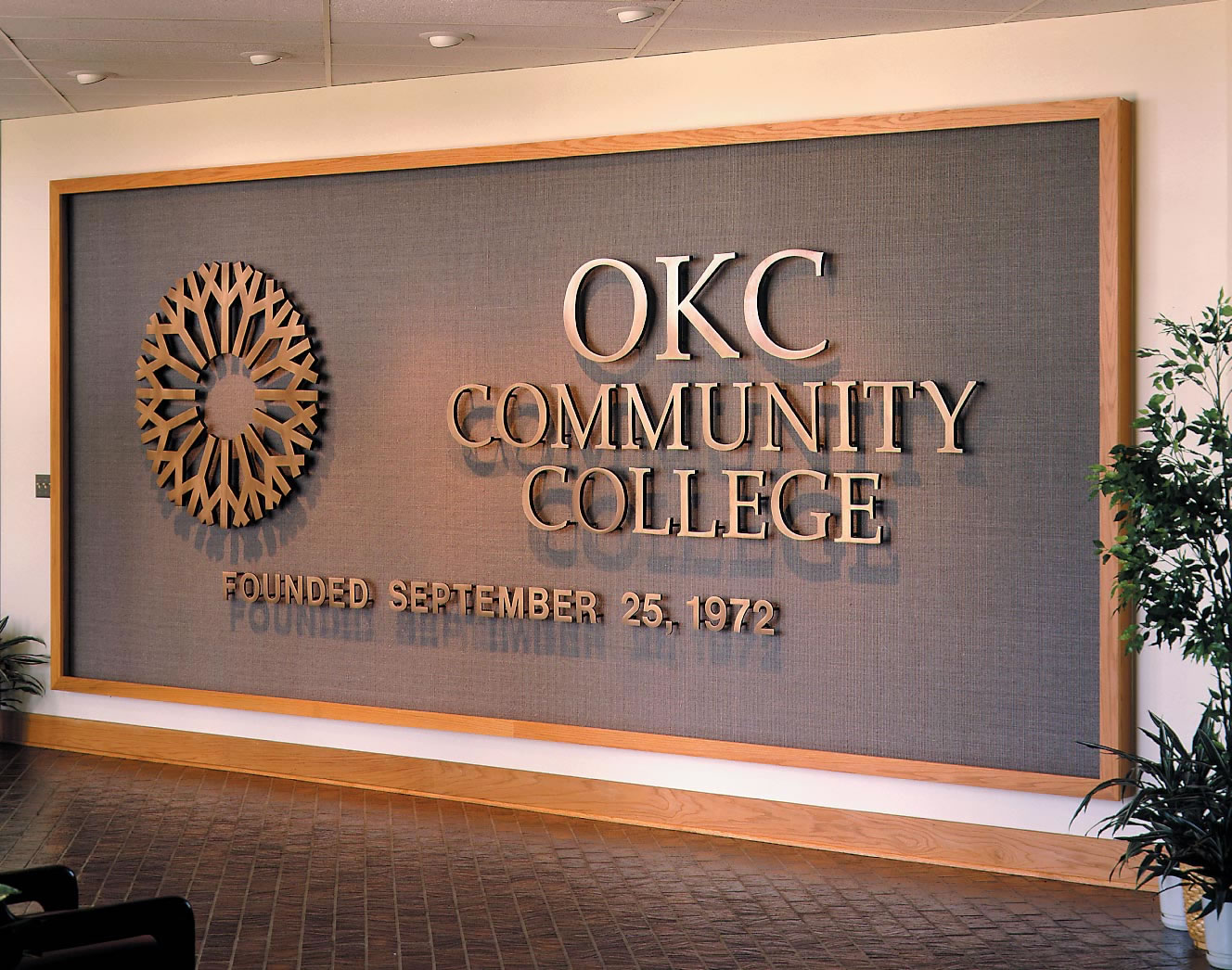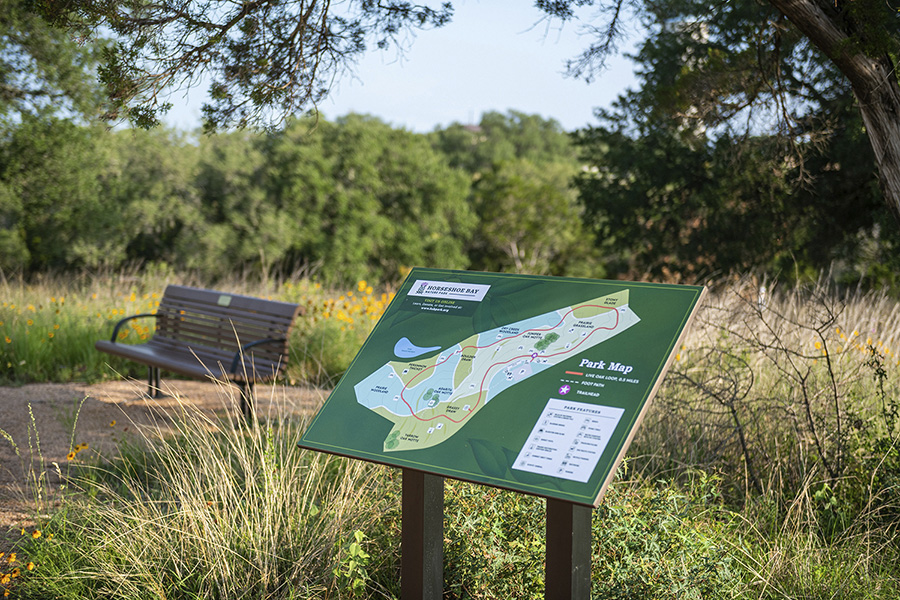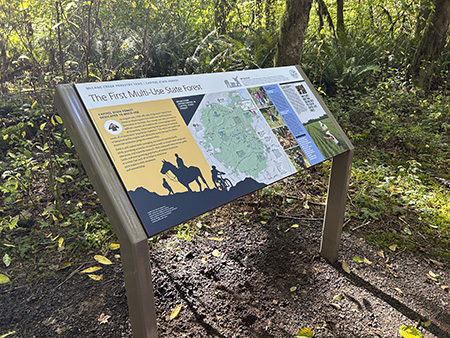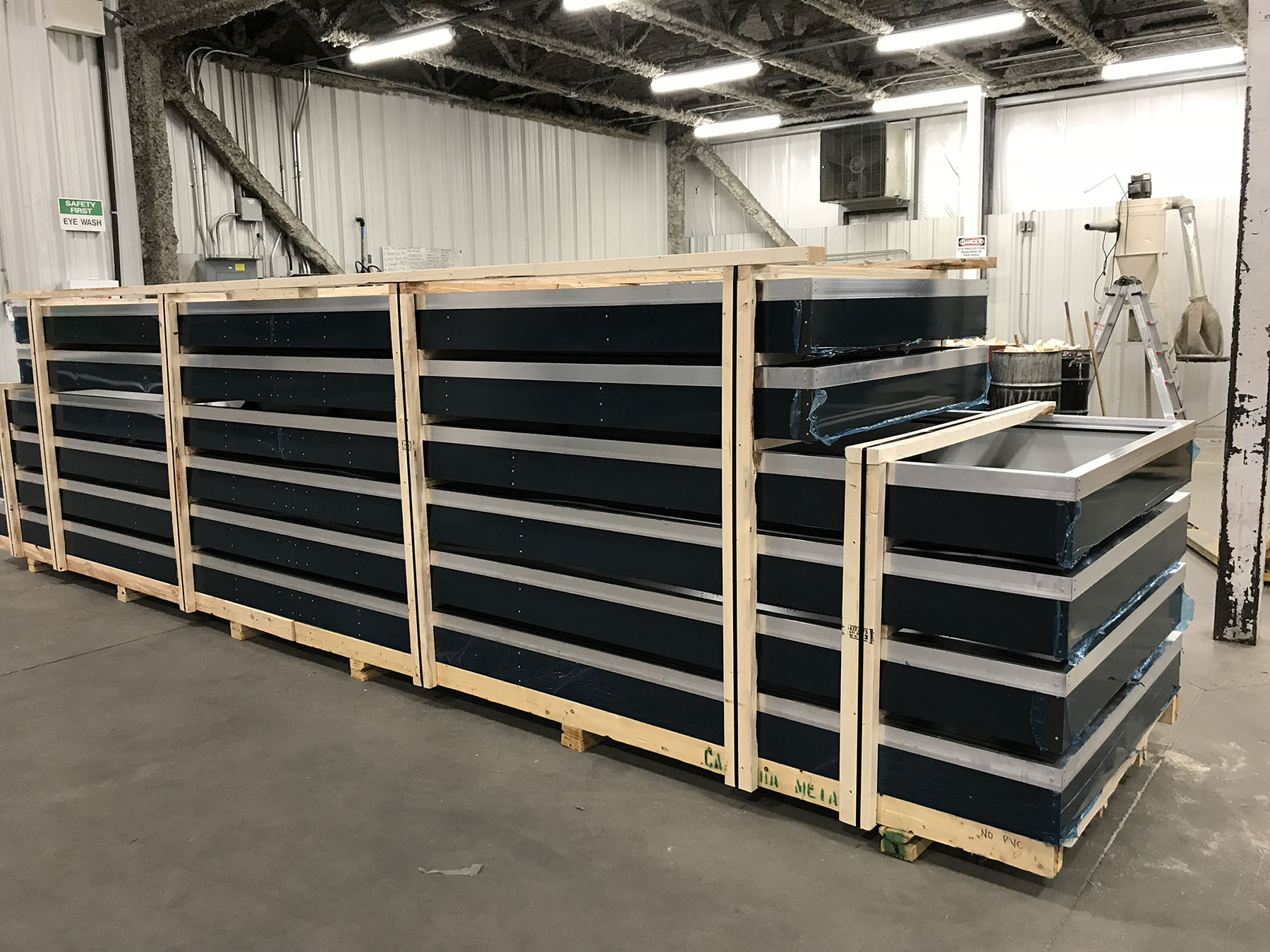Niagara Falls welcome sign mimics vintage postcard
From banner to sign

The city’s design criteria included a maximum size for the sign, requiring it to be no taller than 3.4 m (11 ft) and no wider than 9.1 m (30 ft). In the end, it would measure 3.4 x 7.3 m (11 x 24 ft). The angle at which it would be installed was determined using a 100 per cent scale banner, which Signature Signs temporarily hung on-site from two bucket trucks, so as to gain Mayor Jim Diodati’s approval of the exact location and angle.
The aforementioned technical drawings for the sign and its footing were prepared by Signature Sign vice-president (VP) Mark Wallis (who is also Butko’s fiancé) and stamped by a certified engineer. Most of the sign was built from aluminum, due to its versatility, low weight and ease of manipulation, while a stonemason built the base to match a nearby Victoria Avenue bridge, using decorative stone.
Most of the components were coated with AkzoNobel’s paints and Grip-Gard EFx-LV high-solid polyurethane (PU) topcoat specifically formulated for signage.
“We use an intermix toner system that can match thousands of solid and metallic colours in any gloss level,” Wallis explains. “We upgraded our paint system in January and, while no metallic colours were used on this sign, it was one of the first we painted using the new system.”
An updateable landmark
The 1.2 to 1.8-m (4 to 6-ft) tall letter faces, meanwhile, were designed to be changeable, rather than permanent.
“Part of the vision for this sign is the city can come to us in the future with updates,” Butko explains. “When Niagara Falls hosts the Canada Games in 2020, for example, we can swap out the faces with newly printed graphics featuring those sports. We could also do a special series of images for the Winter Festival of Lights.”
As such, the letters feature two-part printed graphics. Using an Epson SureColor S60600 ‘eco-solvent’ inkjet press, the graphics were reverse-printed on 3M Canada’s Scotchcal IJ3650-114 transparent film with pressure-sensitive adhesive, backed up by IJ3630-20 translucent white matte film, and applied to the second surface of Covestro Plastics’ Makrolon clear polycarbonate sheeting.
The more permanent ‘Welcome to’ and ‘Gateway to Canada’ graphics were produced using cut vinyl—specifically, 3M’s new Scotchcal 3630-56 ‘glacial green’ translucent graphic film, backed up with a white translucent film. The vinyl and paint mask were cut on a Mimaki CG-160 FXII plotter and the graphics were applied to their substrates on CWT Worktools’ 1640-base lamination table.







